|
Bastille Day is celebrated in France every July 14th, and in many French-speaking regions worldwide, including the USA. The French also refer to this day as “Le Quatorze Juillet” (the 14th of July) or “La Fête Nationale” (the National Day) On July 14th, 1789. a group of revolutionaries stormed the Bastille prison in Paris, marking the start of the French Revolution. The Bastille was a symbol of the tyrannical rule of the Bourbon monarchy. Without going into a detailed history lesson, suffice it to say King Louis XVI and his wife Marie Antoinette were overthrown, ending the “Ancien Régime.” The Bastille prison was torn down by the order of France’s new revolutionary government, with the last stone removed in 1790. King Louis XVI was publicly beheaded on January 21st, 1793, making him the only French king to ever be executed. Marie Antoinette met the same fate at the guillotine on October 16th, 1793. Although it was a violent time, Bastille Day is celebrated in France with parades, fireworks, food, wine, and dancing. And even though I never need a reason to pour a glass of wine, it’s a perfect time to open a bottle of French wine and toast Bastille Day! Here are three wines that will tickle your palate on Bastille Day or any day of the year! C’EST LA VIE Pinot Noir-Syrah Pays d’Oc IGP 2020 This brand was created by Maison Albert Bichot. The Bichot family was established in Burgundy in 1350. Founded in 1831, Domaines Albert Bichot currently owns six estates throughout Burgundy. This wine is a blend of 60% Pinot Noir and 40% Syrah, with grapes sourced from the Languedoc-Roussillon. It is vinified and finished in stainless steel. Nose: Floral notes, red berries, and a hint of spice. Palate: Vibrant and smooth with strawberry, raspberry, ripe cherry, and a dollop of spice. Alcohol: 13% SRP: $13 Pairing suggestions: Enjoy on its own or with grilled fish, meat, cheese, and light bites. Slightly chilled on a hot day, this wine is quite refreshing. Trenel Beaujolais Cuvée Rochebonne AOP 2021 Maison Trenel was founded in 1928 by Henri Claudius Trénel and is in the heart of the South Burgundy and Beaujolais wine regions. The grapes for this 100% Gamay are sourced from the regional appellation “Beaujolais,” east of the “Pierres Dorées” area, on three parcels east-oriented and facing the Mont Blanc. The wine is aged for five months in cement tanks and is unfined and lightly filtered before bottling. Nose: Fruity aromas, red berries, cherry, spice. Palate: Aromas segue onto the palate with crisp and juicy notes of strawberry, raspberry, cherry, and a touch of pepper lingering on the finish. Alcohol: 12.5% SRP: $21 Pairing suggestions: Soft cheese, cheese tarts, quiche, fish stew, seared tuna, and roasted chicken. La Perrière Mégalithe Sancere 2016 Saget La Perrière is a family-run company in the Loire Valley, France. With 890 acres of vines in the finest appellations and six estates, it carries on the tradition of nine generations dedicated to producing fine wines. The estate’s 106 acres of Sancerre vineyards (Sauvignon Blanc grapes) are in the Bannay, Verdigny, Saint-Satur, Crézancy, and Vinon districts. Megalithe is the icon wine of Saget La Perrière. The first vintage was produced in 1998. The goal of Megalithe is to showcase the beauty of aged Sauvignon Blanc. The grapes are hand-harvested, and “after a gentle pressing, 40% of the must is fermented in new 300-liter oak barrels from Allier. The wine stays in barrel for eight to nine months, and the lees are stirred regularly to give the wine weight and complexity. To preserve the character of Sauvignon, the other 60% of the must is vinified and matured with particular care in steel vats.” Nose: Elegant and complex aromas of honeysuckle, apples, apricots, stone fruit, vanilla, and a touch of flint. Palate: Rich texture with a beautiful balance of salinity and ripe fruit. This wine has so much character! Alcohol: 12.5% SRP: $45 Pairing suggestions: Enjoy as an aperitif or with lobster, seafood, goat cheese, and salads. Until next time… Joyeux jour de la bastille!
Cheers! Penina To leave a comment or if you have an inquiry, please contact me at [email protected] When one thinks of wines from the western part of the United States, in all likelihood, California comes to mind first. However, the Pacific Northwest is known for its fine wine production from Oregon and Washington. These northern states benefit from warm days and cool nights, resulting in ripe fruit and fresh acidity in the wines. Oregon is known for its production of Pinot Noir, and Washington has a reputation for its fine Cabernet Sauvignon, Merlot, Riesling, and Chardonnay. Andrew Family Vineyards is nestled in the picturesque Horse Heaven Hills AVA in south-central Washington, a part of the larger Columbia Valley. Horse Heaven Hills is one of Washington’s warmer growing regions and is ideal for Cabernet Sauvignon. Vineyards are planted on south-facing slopes, which provides ample sun exposure. Jeff Andrews is the owner and third generation of this family-run business. With their first brand, Trothe, receiving accolades since 2021, the team has released their second brand this spring, Sagebreaker, honoring their great-grandfather, George Smith, who tirelessly and with great difficulty broke ground and cleared sagebrush to make way for cultivation. Winemaker, Ray McKee, part of the Trothe team, has captured the essence of over 80 years of family history with Sagebreaker. While the Trothe brand is focused on single varietals, Sagebreaker focuses on classic blends, incorporating the notable terroir of Horse Heaven Hills with its rich granite soil. I received three samples of their inaugural vintage release of Sagebreaker, and I’m delighted to share my thoughts with you! Sagebreaker White Blend 2023
This is a classic Rhône white blend of Viognier, Roussanne, and Marsanne, all certified sustainable estate fruit. “Each variety is grown on a parcel of their vineyard best suited to its defining varietal characteristics—Viognier and Roussanne on cooler, lowland blocks and Marsanne on a warm hilltop.” The grapes were picked, pressed, and vinified together for a co-fermentation. Nose: Fragrant white flowers, stone fruit, and apricot. Palate: It is fresh and vibrant with notes of peach, apricot, honey, citrus, and minerality. It has great texture, and is a winner in my books! Alcohol: 13.5% SRP: $48 Pairing suggestions: Enjoy as an aperitif, or serve with ceviche, shrimp scampi, grilled poultry dishes, or salads. Sagebreaker Rhône Blend 2021 This wine is a classic Rhône blend of Grenache, Syrah, and a dash of Mourvèdre harvested from certified sustainable estate vineyards. After fermentation in Italian concrete, the wine was aged for 18 months in new 100% French oak. Nose: Red fruit aromas, bramble fruit, plum, and minerality, Palate: Strawberries, raspberry, plum, baking spice, crushed stone, and dark chocolate on a long finish. Smooth tannins and well balanced with acidity. A bright, spicy, earthy, and well-structured wine. Alcohol: 15% SRP: $68 Pairing suggestions: Grilled meat, poultry, game, or tuna. Charcuterie board Sagebreaker Bordeaux Blend 2021 This is a beautiful blend of 75% Cabernet Sauvignon and 25% Merlot, all sourced from certified sustainable estate vineyards. The wine was fermented in a mix of Italian and French concrete to preserve its natural freshness. It was then aged for 22 months in new French oak barrels. Nose: Rose petals with a blend of dark berries, baking spice, and herbs. Palate: Aromas segue onto the palate with bursts of dark berries, plum, sweet cherry tobacco, and dark chocolate. Beautifully balanced, rich, complex, and impressive! Alcohol: 14.5% SRP: $84 Pairing suggestions: Beef bourguignon, vegetable stew, roasted lamb, seared tuna, or mushroom risotto. The prices may be steep, but they are worth every sip! Until next time… Cheers, Penina To leave a comment or if you have an inquiry, please contact me at [email protected] It is truly remarkable how a simple sip of wine can transport me to a different place and time. In 2022, I traveled to Alentejo, Portugal, with a small group of fellow wine writers. We had the pleasure of visiting 11 wineries, and meeting engaging winemakers. We tasted memorable wines, indulged in the local cuisine, and soaked up this small region’s rich history and culture. I wrote many articles about Alentejo before my visit and several articles after returning. So, instead of repeating myself about its eight sub-regions, terroir, and grapes, please click “Alentejo” on the Categories list to read about this fascinating region, its wineries, and grapes. Or jump to this article for a quick introduction. thewineknitter.com/the-journal/alentejo-a-magical-wine-region While in Alentejo, we visited the estate of Herdade Do Esporão, located in the Reguengos de Monsaraz DOC sub-region. Herdade do Esporão is one of the largest wine producers in Alentejo. They have over 450 hectares of vineyards with 194 grape varieties planted on the estate, of which 37 are in full production. In addition to the wine vineyards, there are four types of olive trees in the 80-hectare olive groves, along with orchards and kitchen gardens. All farming uses organic methods and integrated production. They began the transition to organic farming in 2008, and 11 years later received their organic certification. I recently received Esporão Reserva Red and White samples, which I also enjoyed tasting while visiting the estate. (I took both photos 11/2022.) Although the samples are different vintages with new label designs, these wines evoke fond memories of a great trip! Esporão Reserva White 2022 DOC Alentejo This wine is considered the flagship wine of the Esporão Alentejo estate. Grapes are harvested from 18 to 27-year-old grapevines in certified organic vineyards with soil of granite/schist base and loam/clay structure. It is a blend of Antão Vaz, Arinto, and Roupeiro grapes. It is aged six months in stainless steel tanks and new American and French oak barrels. Nose: Hints of white flowers, honeydew, white stone fruit, vanilla, and toasted notes. Palate: This wine is fresh and vibrant with a touch of tropical notes. Honeydew, pineapple, minerality, and lemon zest are playful on the palate. Alcohol: 13.5% SRP: $23 Pairing suggestions: Enjoy as an aperitif or with salads, grilled chicken, and sushi. Esporão Reserva Red DOC Alentejo 2021 Herdade Do Esporão first introduced this wine in 1985. It is a blend of Alicante Bouschet, Trincadeira, Touriga Nacional, Aragon, and Cabernet Sauvignon. The grapes are sourced from vineyards with organic farming certification and vines averaging 20 years of age. This wine is aged 12 months in new (20%) and old (80%) American oak and French oak barrels, and then a minimum of six months in the bottle. Nose: Violet notes, dark berries, plum, a hint of cherry, baking spice, and pepper. Palate: Aromas dance onto the palate with spice and slightly chewy tannins on the finish. It is very drinkable now, but I used my Coravin and look forward to tasting this again in one year. Alcohol: 14% SRP: $23 Pairing suggestions: Serve with grilled meat, pasta, grilled or sautéed veggies, or burgers and fries. The next time you want to travel to a particular wine region, start with a glass of wine and let your palate begin the journey! Until next time… Cheers! Penina To leave a comment or if you have an inquiry, please contact me at [email protected] Several years ago, I wrote an article about Jean-Luc Colombo Winery. Recently, I received two of their wines, which sparked a desire to revisit the winery and its story. Jean-Luc Colombo winery is located in the appellation of Cornas in the northern Rhône Valley, France. Cornas is the smallest appellation in the Rhône Valley, consisting of approximately 300 acres, and is dedicated to producing only red wine from the Syrah grape. The Mediterranean climate and decomposed granite soils contribute to the richness and character of these wines. In addition to producing wine from vineyards in the northern and southern Rhône Valley, Jean-Luc Colombo also produces wine from vineyards in Languedoc and Provence. As a child, Jean-Luc spent considerable time helping his mother in her restaurant in Marseille, where he was always surrounded by good food and wine. Growing up with a successful restaurateur, Jean-Luc developed a discerning palate for wine. With a passion for science, Jean-Luc received a pharmacy degree and combined his love of Syrah and science by creating a wine laboratory in 1984 with his wife Anne, Centre Oenologique des Cotes du Rhone. Jean-Luc quickly established himself as a wine consultant for wineries throughout the Rhône Valley, including many top domaines. The Colombo family purchased their first vineyard in the early 1980s, planted with old Syrah vines, overlooking the village of Cornas, and fulfilled Jean-Luc’s dream of becoming a winemaker and viticulturist. In 1987, he produced the first vintage of Cornas “Les Ruchets,” which became the flagship cuvée of the domain. Their daughter Laure is also passionate about wine. She received a Bachelor’s degree in Viticulture and Oenology in Bordeaux (and interned at Château Haut-Brion for one year). She followed it up with a Master’s degree in Oenology from the University of Montpellier. Laure also experimented with some vinifications in the southern hemisphere. At this point, she told her father and mother that she was ready, and she joined the family estate in 2010 as their winemaker. Bees are an integral part of the estate. The Colombo family began harvesting grapes and honey with their first vineyard, Les Ruchets, which translates to “the beehives” in French. In addition to time spent producing outstanding wines, the Colombo family also pours their hearts and souls into maintaining a safe haven and ensuring the longevity of the bee colonies. Through education, the elimination of harsh pesticides, and the planting of nutritious flora, the honey bees live in a fruitful and biodiverse landscape, contributing to the health of the grapes and terroir. Interesting facts: 1) Honey bees pollinate more than 90% of flowering crops – including many of the fruit and food items we eat – so they play a vital role in our food supply. 2) Honey bee colonies typically consist of only one queen bee, several hundred drones (male bees), and thousands of adult female worker bees. The colony also contains developing eggs, larvae, and pupae. Above photos of bee colonies and Laure are courtesy of the winery. Due to environmental factors, the Colombo family began to see a depletion in the honey bees’ local and global population, causing Colony Collapse Disorder. This disorder threatens bees’ crucial role in agriculture, as it causes adult bees to abandon their hives and fly off to die. The cause of this disorder is unknown, and it has spread to over half of the U.S. states, with similar reports in parts of Europe, Brazil, and Canada. So, the Colombo family, together with their U.S. importer, Taub Selections, united two great passions—winemaking and beekeeping—to develop the Bee Helpful Program. For every purchase of a bottle of Jean-Luc Colombo’s Les Abeilles (meaning The Bees in French) Côtes du Rhône white or red, a donation is made to the UC Davis Department of Entomology in support of their research to help restore healthy honey bee colonies. Jean-Luc said, “Living in the middle of the vineyards in Cornas, we have always made it a point to honor and preserve this environment and to work in harmony with nature. It is essential that vines, insects, and animals of all hairs and feathers coexist and thrive. For many years, “organic” methods have been applied to the vine, and Laure Colombo launched in 2012 the organic certification process for our estate (officially called ECOCERT in Europe), effective since the 2015 vintage.” Let’s taste some wine! Jean-Luc Colombo Côtes Du Rhône Blanc “Les Abeilles” 2022 This delightful wine is a blend of traditional white southern Rhône grapes, 80% Claudette, and 20% Roussane. The grapes are hand-picked and fermented in stainless steel tanks. The Claudette is aged in tanks, and the Roussanne matures in two to five-year-old oak barrels for six months. Nose: Floral, white stone fruit, citrus, apple, and a touch of minerality. Palate: Crisp and refreshing with notes of peach, pear, and sweet lemon on the finish. Alcohol: 13% SRP: $18.99 Pairing suggestions: Seafood, grilled chicken, quiche, and a summer pasta salad. Jean-Luc Colombo Côtes Du Rhône Rouge “Les Abeilles” 2021 AOC This wine is 60% Granache, 30% Syrah, and 10% Mourvèdre. The grapes are grown on 25-year-old vines in the AOC Côtes du Rhône appellation and hand-picked at harvest. Aging takes place in stainless steel tanks for ten months before bottling. Nose: Ripe red fruit, violets, purple plum, and a touch of licorice. Palate: Silky with notes of anise, dark berries, dark cherry, and a dollop of spice. Alcohol: 13% SRP: $18.99 Pairing suggestions: Jean-Luc Colombo says, “This wine is food-friendly and pairs with everything from roasted chicken, lamb, pork, charcuterie, to assorted cheeses – best enjoyed with a spoonful of honey.” Enjoy these wines while supporting the Bee Helpful Program. It’s a win-win situation! Until next time…
Cheers! Penina To leave a comment or if you have an inquiry, please contact me at [email protected] Honig Vineyard and Winery is a family-owned and operated winery situated in the picturesque town of Rutherford in Napa Valley, CA. In 1964, Louis Honig purchased a 68-acre vineyard in Rutherford from the Wagners’, who are owners of the nearby Caymus vineyards. Cabernet Sauvignon and Sauvignon Blanc were the two varieties planted in the vineyard that they bought. The Honig family grew and sold these grapes to nearby wineries until 1980 when they decided to try producing their own Napa Valley Sauvignon Blanc. It was a great success! Realizing the potential of the grapes growing in their vineyards, they built a winery that was completed in 1982. Even though the wine they produced was good, they still struggled with sales and marketing. Michael Honig, grandson of Louis, saw great possibilities and stepped up to the plate in 1984 at the age of 22. Michael and his family slowly transformed their marketing approach. Sales grew, and today, their wines are sold in all 50 states and internationally. Michael and his team are committed to the environment, practice sustainable wine growing, and use solar energy. They have California Sustainable Winegrowing Alliance and Fish Friendly Farming certifications. In addition to hawks and owls that keep the rodent population down, they use sheep (aka Wooly Weeders) as natural lawnmowers, eliminating chemical weed killers. By only focusing on the production of two varietals, they have achieved the “true expression of the vineyard.” Michael recently sent me a bottle of each varietal to taste. He said, “We specialize and only make Sauvignon Blanc and Cabernet Sauvignon. These two wines are the bottlings that we sell all over the world.” Honig 2023 Sauvignon This bottle is very eye-catching, with a beautiful view of the vineyard. It’s like looking through a window! The wine is 98% Sauvignon Blanc, 1% Semillon, and 1% Muscat. The grapes are sourced from Honig’s sustainably farmed vineyard in Rutherford (58%) and Lake County vineyards (42%.) Fermentation and aging take place in stainless steel tanks. Nose: Floral, white stone fruit, citrus, and a hint of tropical notes. Palate: Pear, grapefruit, honeysuckle, and a touch of key lime make for a lively whirl and a juicy finish. It is fresh and bright! Alcohol: 13.5% SRP: $23.99 Pairing suggestions: Enjoy as an aperitif or serve with seafood, salads or sushi. Honig 2021 Cabernet Sauvignon Napa Valley The first vintage for the Cabernet Sauvignon was in 1987. The grapes for this wine are 85% Cabernet Sauvignon, 5.3% Merlot, 4% Malbec, 2.4% Petit Verdot, 1.4% Cabernet Franc, and 1.2% Petit Syrah. Grapes are sourced from the Rutherford vineyard and local Napa Valley vineyards. The wine was aged 18 months in French and American oak barrels (25% new American oak, 20% new French oak.) Nose: Dark berries, cherry, a hint of cranberry, and baking spice. Palate: Lush notes of dark cherry covered in mocha, dark berries, sweet spice, and minerality. It is a sweet and savory dance on the palate with a silky, long finish. Nicely balanced. Alcohol: 14.9% SRP: $46.95 - $56.00 Pairing suggestions: Grilled meat, hearty stews, seared tuna, and mushroom risotto. As the song says… A bottle of red, a bottle of whites Whatever kind of mood you're in tonight… Billy Joel’s “Scenes From An Italian Restaurant” Until next time…
Cheers! Penina To leave a comment or if you have an inquiry, please contact me at [email protected] Susana Balbo Wines is no stranger to my website. I’ve been writing about Susana and her wines since 2017. Susana is the founder and owner of Susana Balbo Wines. It is located in Luján de Cuyo, Mendoza, in western Argentina, with a stunning backdrop of the Andes Mountains. Susana is not only the most well-known Argentinian female winemaker globally, but she is also the first female enologist in Argentina! With over thirty years of experience in the wine industry, Susana has built an impressive career and produces outstanding wines. (click on ‘Susana Balbo’ under Categories to read more articles and reviews) Susana produces four brands of wine including CRIOS. Susana created the CRIOS brand as a tribute to her son and daughter. CRIOS in Spanish means “offspring”. To quote Susana Balbo Winery, “CRIOS wines express Susana's love and dedication to her children, José and Ana. Today, Susana's CRIOS has grown and matured, just like her children who now work with her at the family winery.” The grapes for this brand are harvested from specific areas in Mendoza and Salta where grapes are optimal for the fruit-forward style of CRIOS. Here are two CRIOS gems to please your palate. CRIOS Sustentia Chardonnay 2022 Susana recently introduced this wine to the CRIOS collection. It is a low-alcohol and lower-calorie Chardonnay. The grapes for this 100% Chardonnay are sourced from Valle de Uco, Mendoza. The grapes are harvested early, thereupon allowing the winemaker to obtain a must with low sugar concentration and a naturally low-alcohol and reduced-calorie wine. This wine is aged for three months in stainless steel tanks. Nose: White stone fruit, tropical notes, lemon, and a touch of floral. Palate: Juicy peach, pineapple, and pear notes with vibrant acidity and a trace of lemon zest on the finish. Alcohol: 9% SRP: $18.99 Pairing suggestions: Enjoy as an aperitif or pair with roasted white meats, seafood, sushi, salads, or mushroom risotto. CRIOS Malbec, 2021 My first taste of CRIOS Malbec was a 2015 vintage. So, I was looking forward to trying the 2021 vintage. And I’m happy to report that my palate was quite pleased! This 100% Malbec is hand-harvested from vineyards in Valle de Uco, Mendoza. Aging is 40% in third and fourth-use French oak barrels for eight months. Nose: Violets, cherry, plum and spice. Palate: Aromas segue onto the palate with pomegranate, pepper, and cocoa. Tannins are nicely balanced with acidity, and the finish is long. Alcohol: 14% SRP: $15 Pairing suggestions: Grilled meat, seared tuna, hearty stews, glazed duck, aged cheese, or dark chocolate mousse. Susana Balbo wines never disappoint my palate. They are consistently good and worth exploring! Until next time…
Cheers! Penina To leave a comment or if you have an inquiry, please contact me at [email protected] The shortest day of the year is finally behind us, but winter has officially begun. Although I enjoy the beauty of a winter wonderland, I’m not a fan of the slush, ice, and frigid weather accompanying it. So, let’s chase the winter blues away with some white wines and dream of tropical beaches and warmer weather! Trenel Mâcon Villages AOP 2021 Maison Trenel was founded in 1928 by Henri Claudius Trénel and is in the heart of the South Burgundy and Beaujolais wine regions. The grapes for this 100% Chardonnay are sourced from vineyards in Mâcon and 26 villages in the area. The Mâcon Villages Trénel is produced on parcels facing south and southeast in Charnay-lès-Mâcon and Viré. This blend of different clayey soils with variable limestone ratio bestows the right balance on the wine, rich and subtle at the same time. Nose: White flowers, citrus, and apple. Palate: Aromas segue onto the palate with a rich mouthfeel, crisp acidity, and a refreshing finish of lingering citrus notes. Alcohol: 12.5% SRP: $28.99 Feudi di San Gregorio Greco di Tufo, DOCG 2020 Feudi di San Gregorio was established in 1986 by the Capaldo family and is one of Campania’s premier wine estates, located in southern Italy, near Mount Vesuvius in the tiny village of Sorbo Serpico within the Irpinia DOC. This wine is made with 100% Greco, a white grape variety grown mainly in Campania. The grapes for this wine are sourced from the chalky soils of Tufo, contributing to the wine’s minerality, freshness, and persistence. Nose: Beautiful floral notes, melon, citrus, and herbs. Palate: Lush notes of pink grapefruit, juicy pear, and lively acidity, with a touch of mint and balsamic mingling with the fruit on the finish. Alcohol: 12.5% SRP: $28 Oberon Napa Valley Sauvignon Blanc 2022 Oberon Wines is part of the Michael Mondavi Family portfolio. Tony Coltrin is the winemaker for Oberon Wines and is celebrating 50-plus harvests. Having the advantage of being a lifelong resident of Napa, Tony knows every expression of the valley and, specifically, which sub-zones produce Bordeaux grapes that are exceptional. His lifelong relationships with growers throughout Napa Valley are the very essence of Oberon’s quality and consistency. Tony selects top-quality fruit year after year from the finest wine-growing regions throughout Napa. This wine is a blend of 81% Sauvignon Blanc and 19% Sauvignon Musqué. The grapes are sourced from the warm Pope Valley and cool Carneros appellations. Both cold tank fermentation and 14% barrel fermentation are used to maximize the overall fruit expression. “The cold-fermentation in-tank helps us maintain the pureness of fruit and aromatics, and barrel fermentation adds a subtle creaminess and length.” Nose: Notes of tropical fruit, apple, minerality, and herbs. Palate: Aromas segue onto the palate with white stone fruit, honeydew, and nice acidity. Minerality and citrus linger on the finish. Alcohol: 13.7% SRP: $20 Mandrarossa Urra Di Mare, DOC 2021 Mandrarossa is a brand created by Cantine Settesoli, located in Menfi, Sicily, on the island’s southwestern side. Cantine Settesoli was founded in 1958, and it is the largest winery in Sicily and a source of ongoing research and innovative ideas. Mandrarossa is Settesoli’s top brand, which emerged in 1999. This wine is 100% Sauvignon Blanc sourced from vineyards that stretch along south and southwest-facing hills with clay and limestone soils, “a wine created from sea breezes.” 2010 was the first vintage for this wine. Nose: Floral, citrus, white stone fruit, and a hint of herbs. Palate: This refreshing wine is layered with citrus, apricot, peach, herbal notes, crisp acidity, sapidity, and minerality. Apricots linger on a long finish. Alcohol: 11.5% SRP: $19.99 Pairing Suggestions Enjoy the above wines as an aperitif or serve with raw fish, grilled fish, salads, sushi, white meats, light pasta dishes, and cheese platters. These white wines will drink beautifully all year long. And, if you’re missing warmer weather during the winter months, a glass of white wine and a little imagination can transport you anywhere! Until next time…
Cheers! Penina To leave a comment or if you have an inquiry, please contact me at [email protected] Whenever I travel to Sicily, the anticipation and thrill of adventure always sends me to the moon and beyond. And once I arrive, I am never disappointed! In early September, my latest trip took me to the island’s eastern side to explore Mount Etna, where I savored the unique wines from grapes grown on this very active volcano! Through the gracious invitation of the Consorzio Tutela Vini Etna DOC, I and many wine writers worldwide participated in a three-day event called #EtnaDays. It was an immersion of walk-around tastings, an Etna appellation masterclass, spending time with producers, hiking through vineyards, enjoying the local cuisine, and ending the trip with a fabulous beach party. Slide show and video credits: Penny Weiss Mount Etna Mount Etna is a UNESCO World Heritage Site located on the east coast of Sicily, just north of Catania. It is the largest active volcano in Europe, on the largest island in the Mediterranean Sea. It is majestic, mesmerizing, and quite the scene-stealer! Whether emitting gentle wisps, billowing smoke, or bursts of fire, Mount Etna makes its presence known 24/7! Mount Etna is believed to be over 500,000 years old. Its shape is ever-changing due to its constant activity of ash emission, lava flow, and the creation of new craters. Mount Etna is 3,300 meters (10,826.77 ft) above sea level and 45 kilometers (about 28 miles) in diameter. The vineyards are typically planted between 400 and 800 meters (1312 ft and 2624 ft) above sea level but can reach up to 1000 meters. (3280ft) The steep, terraced slopes can be challenging, hard to navigate, and tiring to work with. Most of the harvesting has to be done by hand. Due to these extreme conditions, the term “heroic viticulture” was born. Below is a screenshot from an app I used on this trip of how high in altitude I was while visiting one of the vineyards. One might ask how growing grapes on an active volcano is possible. It is a little daunting, but the volcanic wines produced here are noteworthy! A few years ago, I had lunch with Patricia Tóth, head winemaker at Planeta, who specializes in producing Etna wines. Patricia also happens to live on Mount Etna. I asked her if living and working on an active volcano was worrisome. Patricia said, “We are happier when there are small eruptions as opposed to being silent. If it were silent, the pressure would start to build, and that is not good.” According to the Consorzio, “The surface that falls within the Etna DOC is just under 1.200 hectares.” The production area covers the northern, eastern, southeastern, and southwestern slopes of the volcano and is located in the territories of 20 municipalities, all in the province of Catania. Below is a map of the slopes in the shape of a semicircle and the territories. There is much diversity in the soil and climate conditions from slope to slope, affecting grape growing on Mount Etna. This leads to a different outcome for the wine when only a few hundred meters separate one production plot from another. Each slope varies in temperature and soil. The volcanic soil can be pebbly and gravelly, sandy or chalky, with lots of minerals and nutrients. The high elevation and exposure to the hot sun with cool Mediterranean breezes and large temperature swings between day and night add to the complexity of the grapes’ characteristics. The microclimate and terroir on each side of the mountain can define what grapes are planted. With regard to elevation, as one ascends the mountain, volcanic soil tends to be richer and darker from the lava flow. The temperatures vary with Alpine conditions at the top and typical Mediterranean climate descending the mountain. An active volcano providing black volcanic soil, cool climate growing conditions, and plenty of sunshine makes Etna an ideal location for making crisp white and racy red wines. A Brief Description of the slopes from Consorzio Di Tutela Vini Etna DOC The Four Volcanic Slopes The Northern slope has the highest number of producers and the gentlest slopes. The climate is cold but protected by the surrounding mountain ranges of Peloritani and Nebrodi. The most cultivated variety is the red Nerello Mascalese. The Eastern slope overlooks the Ionian Sea and is the most exposed to rain and winds. The bush vines are cultivated on small terraces up to 900 meters above sea level. On the eastern slope, the white grape Carricante is dominant. The South-Eastern slope has several eruptive cones, which are now all extinct. The numerous vineyards are often trained as bush vines (i.e. gobelet vine training), which allows them to be kissed by the sun and sea breezes. The Nerello Mascalese and Carricante varieties grow here in ideal conditions and easily reach perfect ripeness. The South-Western slope is the furthest from the sea and, therefore, is characterized by a strong temperature range. This area has less rain, is beaten by hot winds, and has great solar intensity. The cultivations of the red Nerello Cappuccio and the white Carricante find excellent conditions and can exceed 1000 meters above sea level. The Grapes Nerello Mascalese is an indigenous grape used to produce red, rosé, and sparkling wines. It is the most widespread grape variety planted on Mount Etna. The wines made from Nerello Mascalese have a high alcohol content, high level of acidity, ruby color, delicate hints of fruit, minerality, great finesse, medium structure, and good balance. Nerello Cappuccio is an indigenous grape used to produce red, rosé, and sparkling wines. Wines made from Nerello Cappuccio have a low alcohol content and good acidity. Its ruby red color is deeper than that of Nerello Mascalese, with subtle violet tones. The nose shows herbaceous and spicy scents with floral and fruit. The palate offers delicate tannins, freshness, and medium structure. Carricante is an indigenous white grape variety used to produce white wine. Once used as a blend with other grapes, Carricante is now vinified as a single variety and is the main variety in blends. It has lovely aromas of citrus, white flowers, and white stone fruit with lots of minerality on the palate. Catarratto is an indigenous white grape variety that is declining in popularity on Etna. According to the Consorzio, “Today, we tend to distinguish the Catarratto variety according to its clones, which are actually quite different from each other. The two main and most widespread are the Catarratto Bianco Comune and the Catarratto Bianco Lucido. At its best, it carries aromas of citrus and herbs, structure, freshness, and a pleasant mineral aftertaste.” Consorzio Tutela Vini Etna DOC The Etna DOC appellation was established in 1968. Etna wines were among the first in Sicily to obtain a DOC (Denomination of Origin) and one of several oldest in Italy. The Consorzio Tutela Vino Etna DOC was created in January 1994 to enhance and protect Etna wines and its territory. As of this writing, the Consorzio recently released a press bulletin stating they are going to begin steps to obtain the prestigious DOCG recognition, the highest recognition for wines in Italy. (Denomination of Controlled and Guaranteed Origin.) Francesco Cambria, president of the Consorzio Tutela Vini Etna DOC, said, “We are very happy. This is an important, I would say, historic decision for the entire Etnean territory.” With over 200 members (producers) in the Consorzio, it was a unanimous decision to begin the process. Francesco further commented, “The wish of all the producers of our denomination is that the great work carried out so far and the prestige that the market has now recognized for our wines be definitively legitimized, also through the achievement of the highest step of the pyramid of the denomination certification system.” Some changes to the current production specifications will take place, but the overall borders of the Etna appellation will remain the same. Although I’ve been drinking Etna wines for several years, the pure joy of tasting these wines while on Mount Etna is beyond sublime! I’ll dive deeper into the wines and styles, history, slopes, terroir, and cuisine and visit a few wineries in more Etna articles to come soon. Much to share! Stay tuned! Until next time…
Cheers! Penina To leave a comment or if you have an inquiry, please contact me at [email protected] Whether at the beach, poolside, or inside with the air conditioner blasting during the sweltering and relentless heat of August, I have a few wines to entertain your palate and cool you off a bit. However, I must stress how important it is to stay hydrated with WATER during these hot days, especially if you are consuming alcohol. It’s all about balance! Masciarelli Rosato IGT Colline Teatine 2022 Masciarelli Tenute Agricole is a family-owned winery founded in 1981. They have 350 hectares of vineyards located in all four provinces of Abruzzo, Italy, and are committed to sustainability in the vineyards and the winery. Masciarelli has 22 labels and seven product lines. This rosé is part of their Classic line (Line Classica). It is made with 100% Montepulciano grapes, and fermentation occurs in stainless steel tanks. Nose: Floral and fruity. Palate: Delicate notes of fresh red berries, cherry, and nicely balanced. Alcohol: 13% SRP: $14 Pairing suggestions: Enjoy as an aperitif or serve with appetizers, light pasta, salads, pizza, and seafood. Carpineto Dogajolo Toscano Bianco IGT 2022 Carpineto, a Tuscan winery founded in 1967, is the producer of Carpineto and Dogajolo wines. This year marks a 30-year milestone for the production of Dogajolo Super Tuscans, specifically Toscano Rosso, launched in 1993. In 2009, Toscano Bianco was added to the Dogajolo line, followed by Toscano Rosato in 2011. They have 1,200 acres of sustainably farmed land spread amongst five carbon-neutral estates in the appellations of Brunello di Montalcino, Chianti Classico, Vino Nobile di Montepulciano, Maremma, and Alto Valdarno. The grapes for this wine are a blend of 40% Chardonnay, 30% Sauvignon Blanc, and 30% Grechetto. It is produced from estate-grown fruit from the Montepulciano estate, with each varietal vinified separately in stainless steel tanks. Nose: Lovely white floral, citrus, notes of tropical fruit. Palate: Pear, sweet apple, lively acidity, honeysuckle, and green melon. Alcohol: 13% SRP: $14.99 Pairing suggestions: Perfect for an aperitif or with salads, pasta, seafood, grilled white meat, or Asian cuisine. Emmolo Sauvignon Banc 2022 Jenny Wagner is the owner and winemaker of Emmolo, located in Napa Valley, CA. Emmolo is named for her maternal grandmother, who came to Napa from Sicily in 1923 and founded a rootstock nursery, supplying many local growers. On her paternal side, roots can be traced back to 1857 when her great, great, great grandfather made his way to Napa, kicking off a long history of farming and winemaking. And Jenny’s father, Chuck Wagner, and his parents founded Caymus Vineyards! This wine is 100% Sauvignon Blanc sourced from Napa and Solano counties. Nose: Citrus, melon, and white flowers Palate: Crisp, clean, and refreshing wine that is minerality-driven with white stone fruit, grapefruit, and green apple. Alcohol: 12.8% SRP: $22 Pairing suggestions: A great aperitif sipper or serve with grilled fish, seafood, salads, mushroom risotto, or sushi. Mer Soleil Chardonnay Santa Lucia Highlands 2021 Established in 1988, Mer Soleil is a California wine estate in the Santa Lucia Highlands AVA in Monterey County. It was founded by the Wagner family, owner of Caymus Vineyards. This wine is 100% Chardonnay sourced from hillside vineyards in the Santa Lucia Highlands. The intense sunlight ripens the grapes, and the cooling breezes from Monterey Bay lead to a longer growing season, both contributing complexity to the wines. This wine is fermented and aged in new and used French oak barrels for approximately 11 months. Nose: Honeysuckle, citrus, stone fruit, and toast. Palate: Fresh notes of lemon/lime, green apple, pear, and vibrant acidity. Creamy mouthfeel with a long citrusy finish. Alcohol: 14.5% SRP: $24 Pairing suggestions: Enjoy as an aperitif or serve with baked cod, creamy pasta, grilled white meat, or salads. Ettore Pure Chardonnay 2019 Ettore Winery is a certified organic winery in Mendocino, CA. Ettore Biraghi, founder and noted European winemaker, realized a dream of producing world-class fine wines in the Sanel Valley. He released his first organic and terroir-driven range of Chardonnay and Merlot wines from Mendocino. This wine is 100% Chardonnay organic grapes, estate grown in their Sanel Valley Vineyards in Hopland, the southernmost town in Mendocino County. The wine is aged in stainless steel tanks. Nose: White flowers, tropical fruit, white stone fruit, and citrus. Palate: Aromas segue onto the palate with grapefruit and honeydew. It is unoaked, but there is a trace of butteriness…a complex and delicious wine. Alcohol: 13.5% SRP: $28 Pairing suggestions: Enjoy as an aperitif or with salads, seafood, grilled fish, chicken, mushroom risotto, or crab cakes. Stay cool and enjoy these wines, chilled, of course! Until next time…
Cheers! Penina To leave a comment or if you have an inquiry, please contact me at [email protected] If you haven’t tasted Lugana wines yet, you are in for a treat! Lugana is a small DOC located in northern Italy, south of Lake Garda. In addition to being one of Italy’s oldest protected wine-growing areas, it is also one of the few Italian wine regions spread over two provinces, Verona and Brescia. Lake Garda is one of the northernmost Mediterranean climates in Italy despite its location at the foothills of the Alps, and it is Italy’s largest lake. The lake basin was shaped by glaciers from 600,000 years ago, which left behind a significant accumulation of material, the morainic hills, deposited in the large amphitheater of Lake Garda. The lake water is colder than the air in summer and warmer in winter, which significantly impacts the temperature, lessening the hot summers and harsh winters here, and is beneficial to the vineyards. The Consorzio Tutela Lugana DOC said, “The area is characterized by very particular soil, made up predominantly of white clays and limestone, and capable of giving the grapes cultivated here extraordinary elegance and tanginess.” The Consorzio Tutela Lugana DOC was established in 1967 and was the first to be given this status in Lombardy. Their mission is to supervise, defend, and promote, with particular emphasis on protecting and highlighting the qualities of the denomination and its wine. Turbiana is the region’s signature white grape. It is a versatile grape used to make dry, off-dry, sweet, and sparkling wines ranging from light to complex. Because the grape is salty and high in acid, it gives way to wines with delightful freshness, crisp acidity, pleasant salinity, and minerality, with floral notes, white stone fruit, tropical fruit, citrus, and almond. Lugana region produces five distinct styles of wine made from Turbiana, with DOC designation. The styles are Village-level Lugana, Superiore, Riserva, Vendemmia Tardiva (late harvest), and Spumante (sparkling). The DOC stipulates that Turbiana must make up at least 90% of the wine. Here are two Lugana DOC wines that will please your palate. Tenuta Roveglia Limne Lugana DOC 2022
This wine is 100% Turbiana. Grapes are hand-picked from 25 to 35-year-old vines. Fermentation takes place in stainless steel tanks, and the wine then ages four to five months in the tanks. Nose: Floral, citrus, green apples, and almonds Palate: A dry and refreshing wine with citrus, minerality, fresh acidity, and hints of orchard fruit. Alcohol: 13.5% SRP: $15 Pairing suggestions: Aperitif, appetizers, seafood, grilled white meat, salads, or light pasta. Tommasi Le Fornaci Lugana DOC 2022 This is 100% Turbiana. Grapes are obtained from clay soil, giving body and structure, and sandy soil imparting aroma and elegance. The grapes undergo a slow fermentation followed by aging in stainless steel tanks. Nose: Sweet floral notes, orchard fruit, minerality, and citrus. Palate: Floral, tropical fruit, pear, citrus, and minerality. It is fresh and lively with a hint of almond lingering on the finish. Alcohol: 12.5% SRP: $20 Pairing suggestions: Appetizers, cheese, seafood, mushroom risotto, BBQ, or spicy Asian cuisine. Lugana wines are fun to sip year-round. They are easy to pair with most cuisine or enjoy as an aperitif! Until next time… Cheers! Penina This is a sponsored article written for The Consorzio Tutela Lugana DOC for which I received compensation. To leave a comment or if you have an inquiry, please contact me at [email protected] |
Categories
All
|
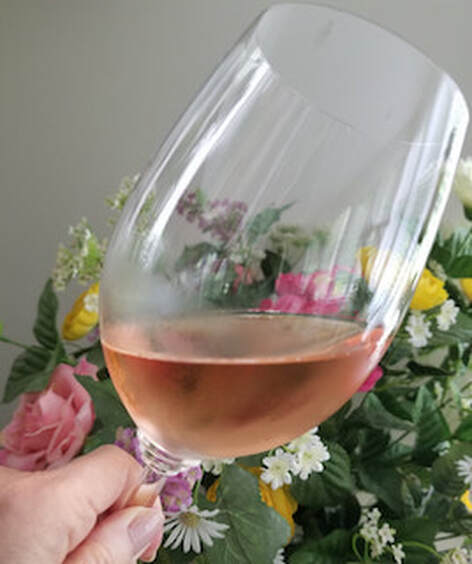


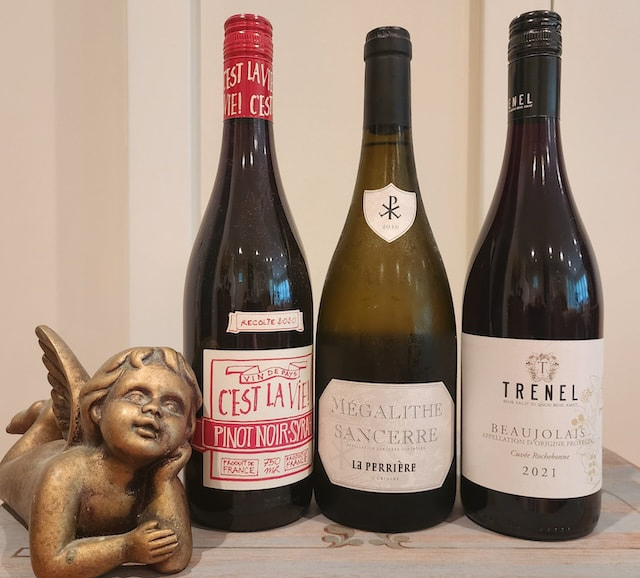
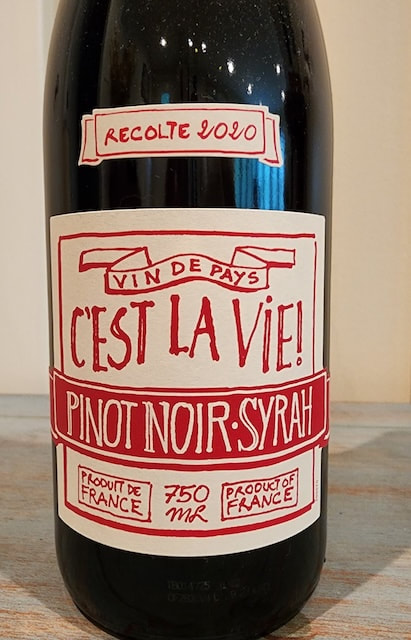
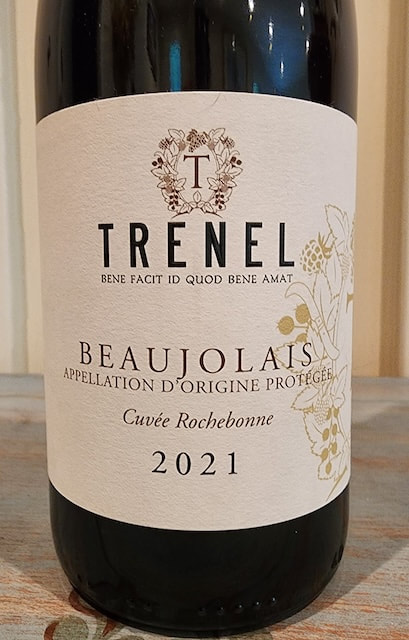
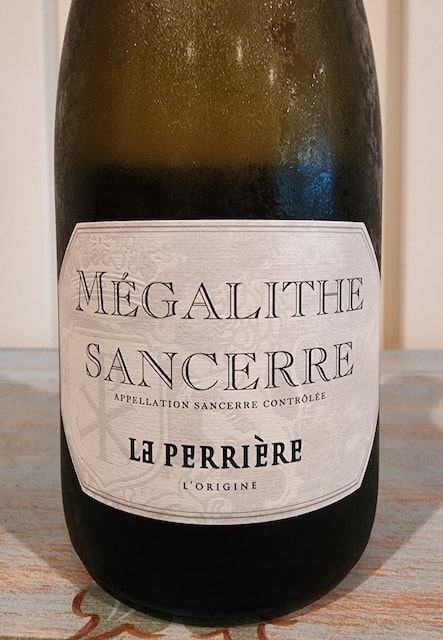

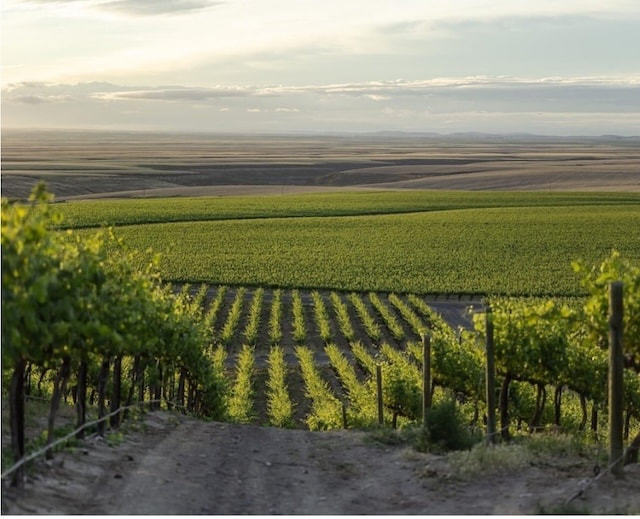

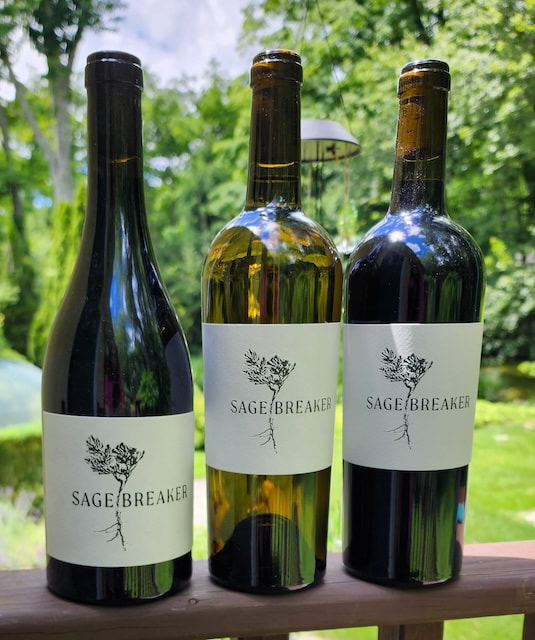
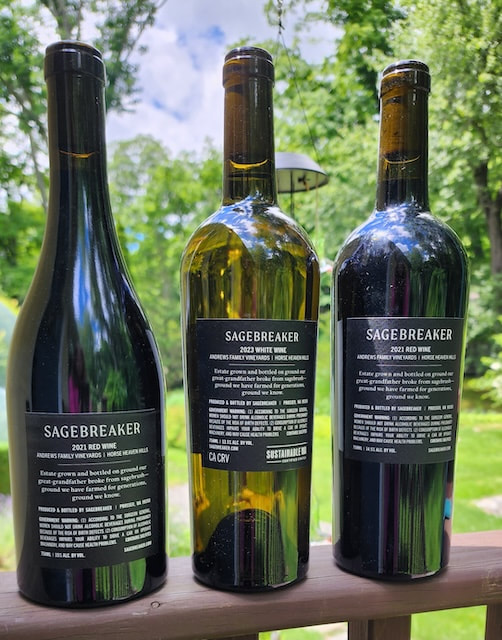
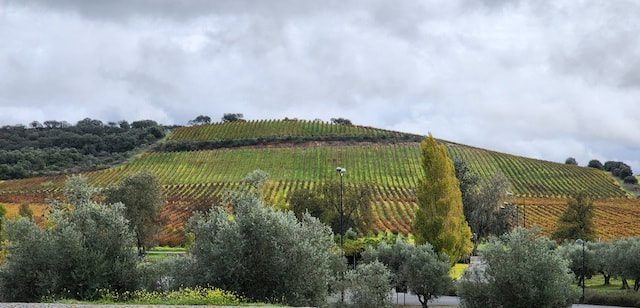
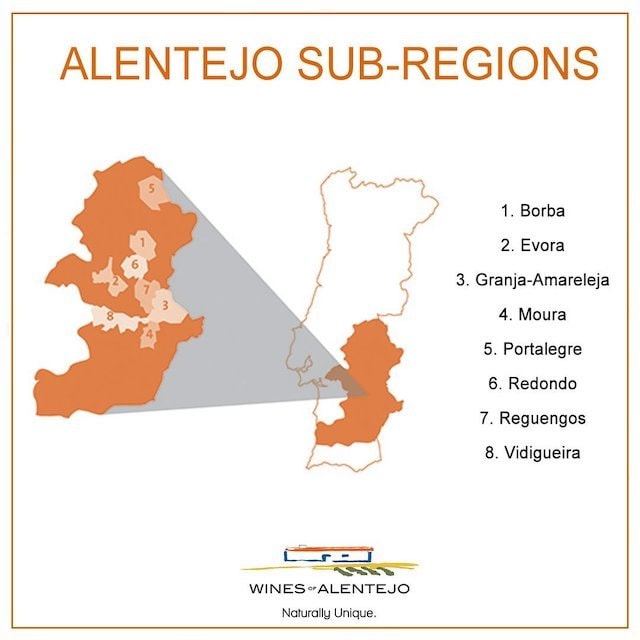
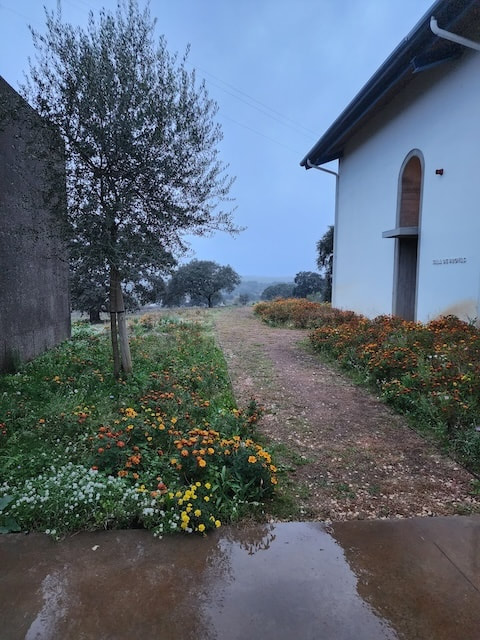

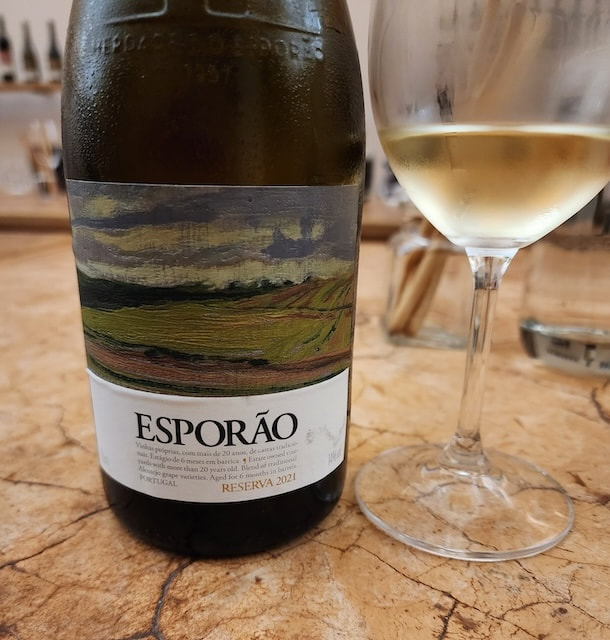
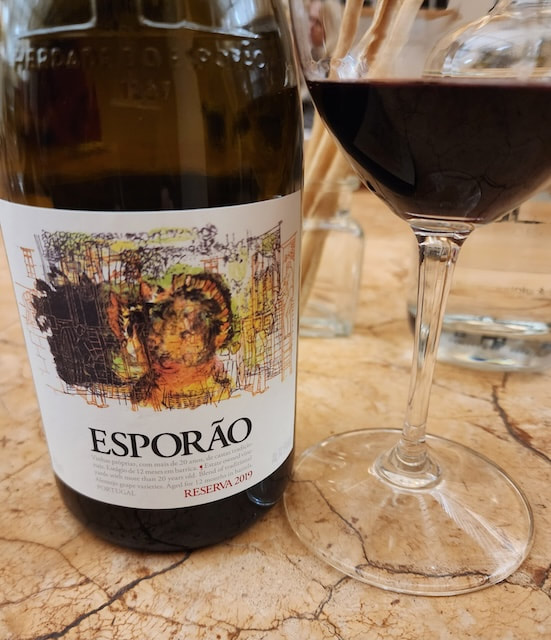
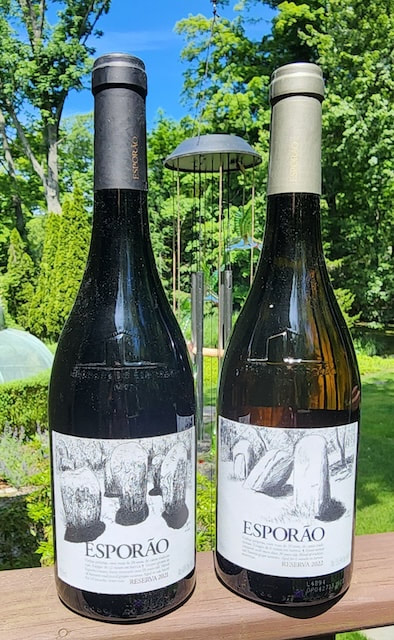
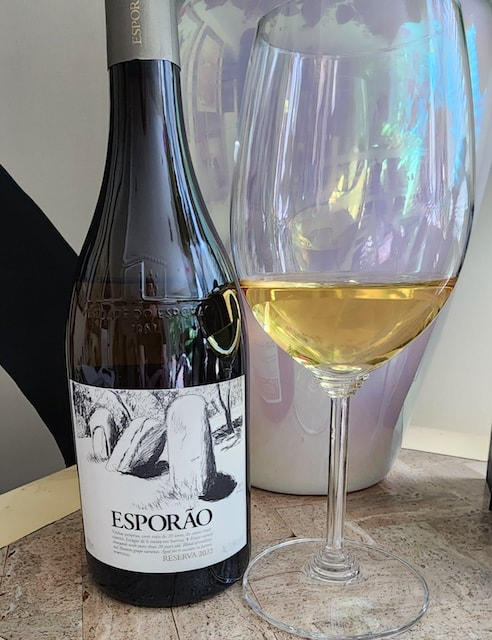

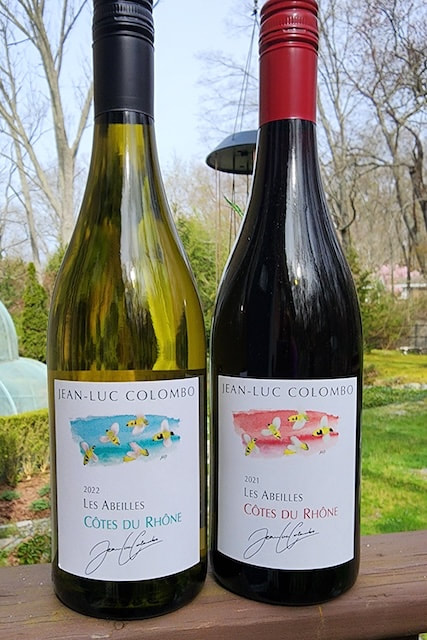
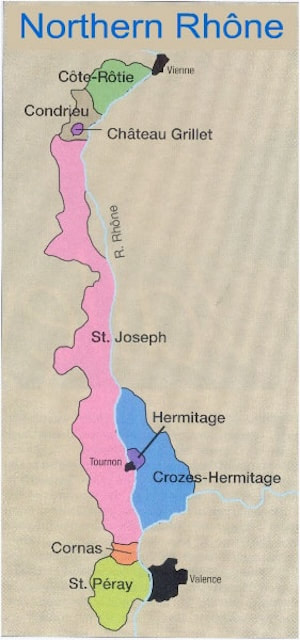
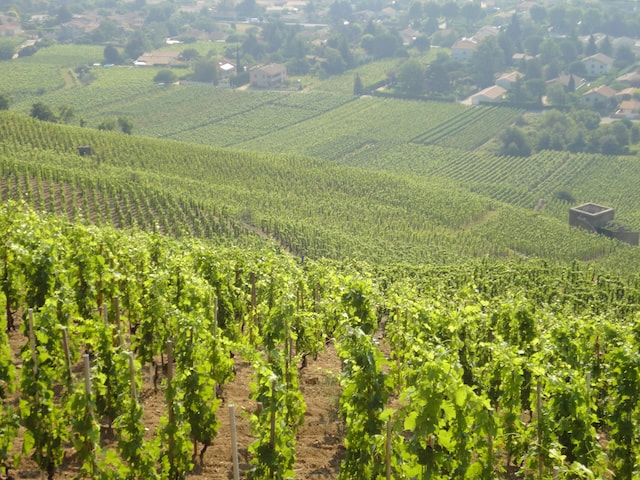
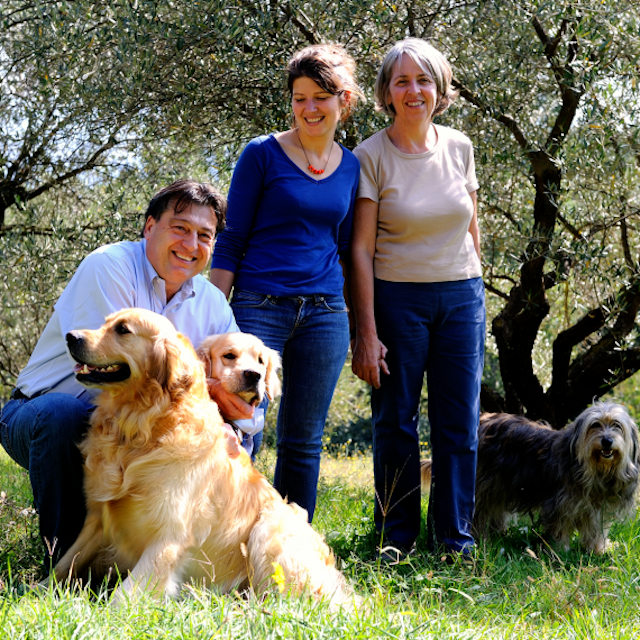
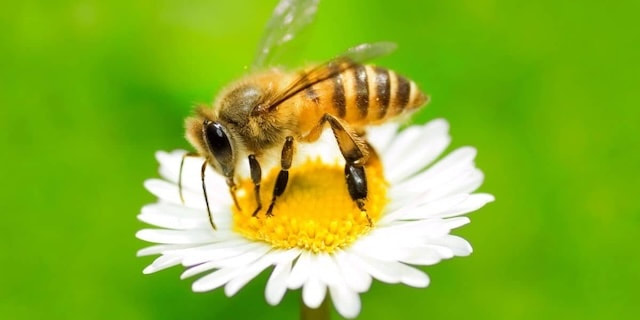
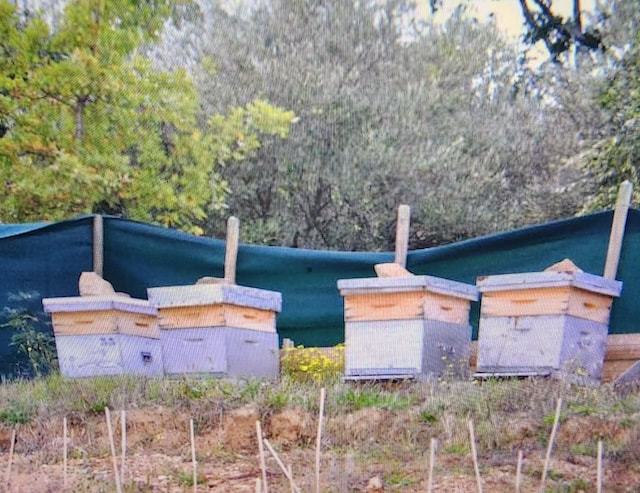
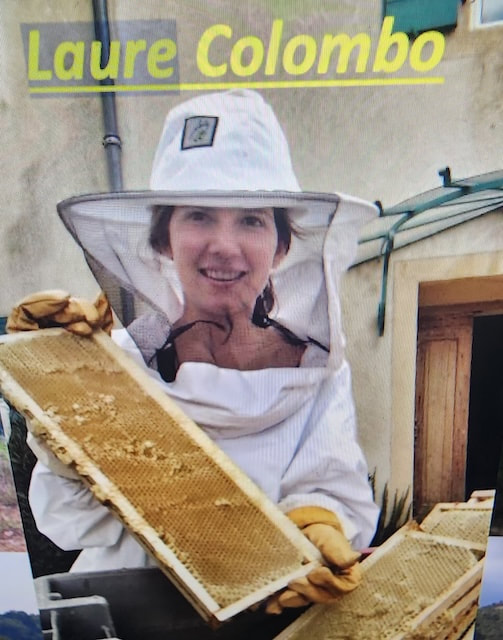
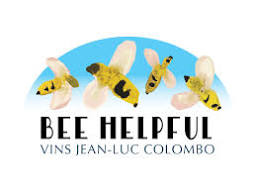
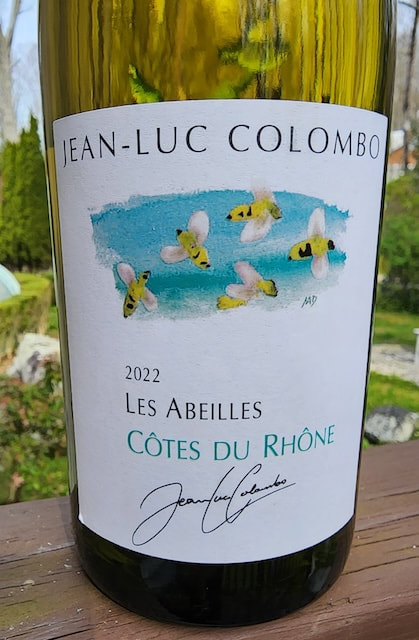
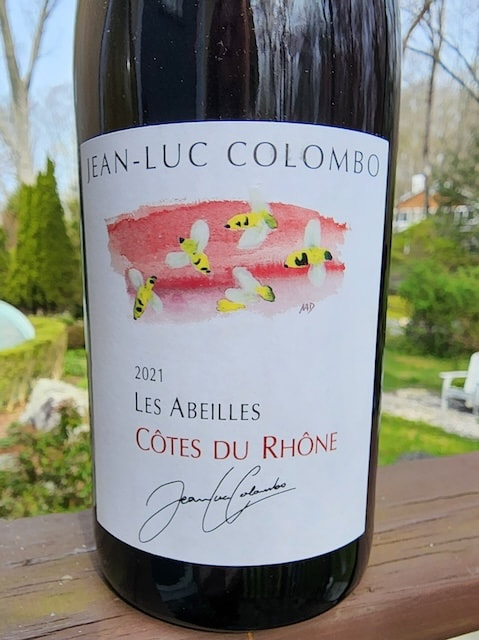
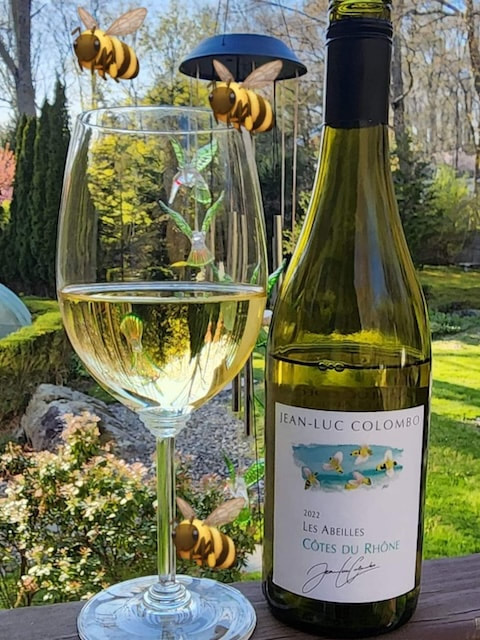
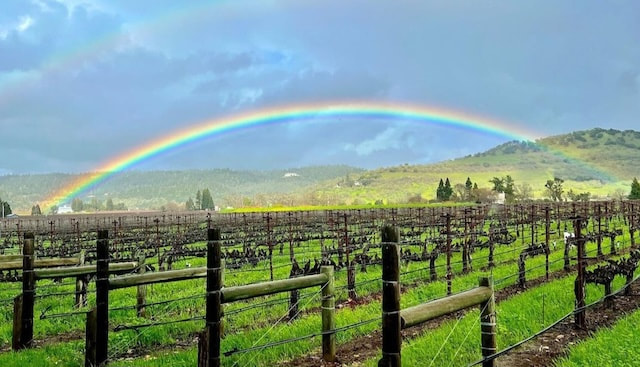
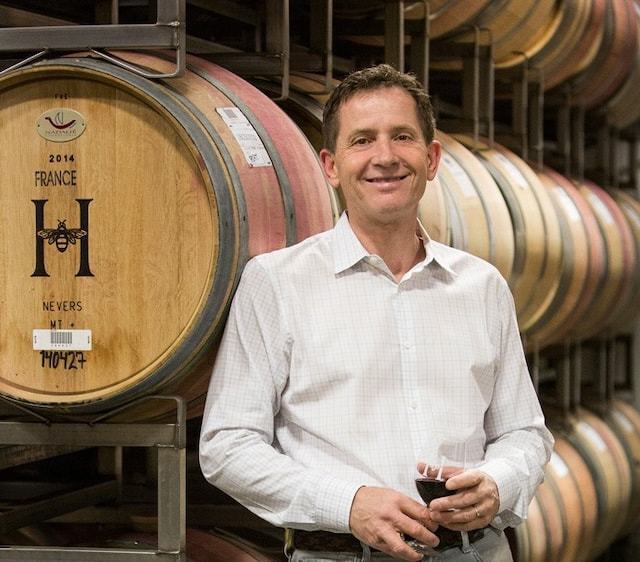
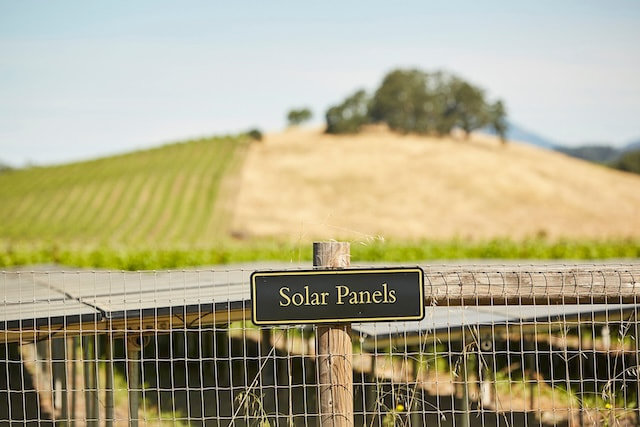
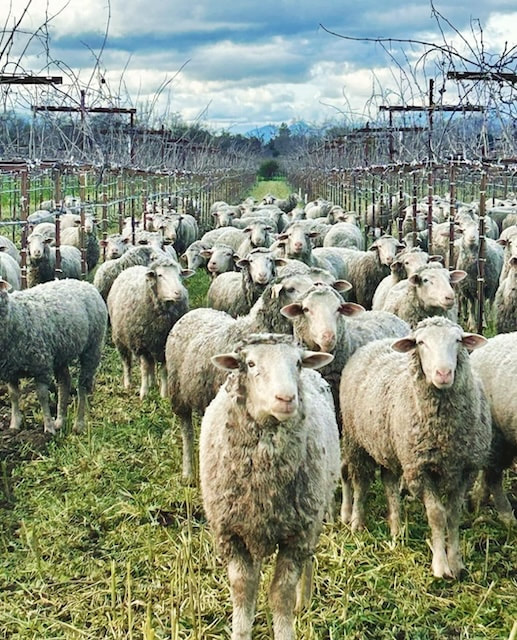
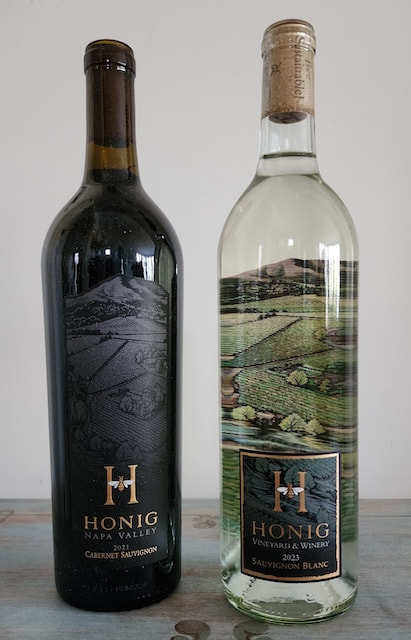
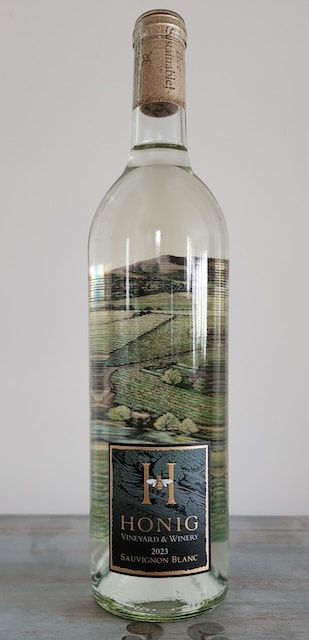
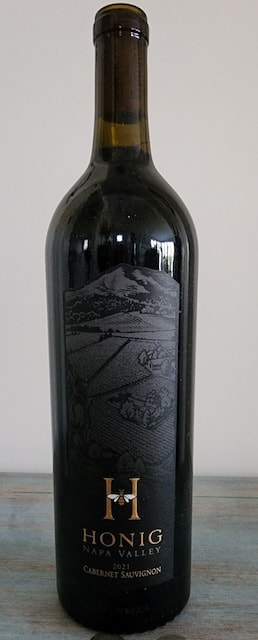
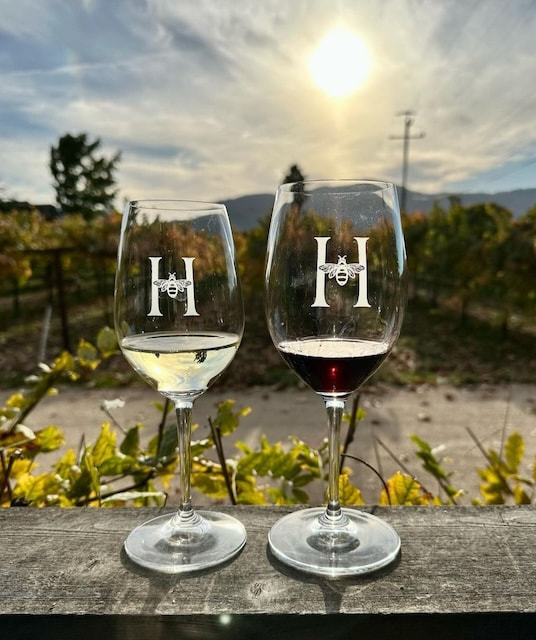
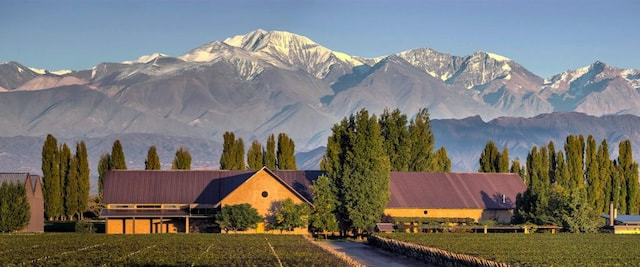
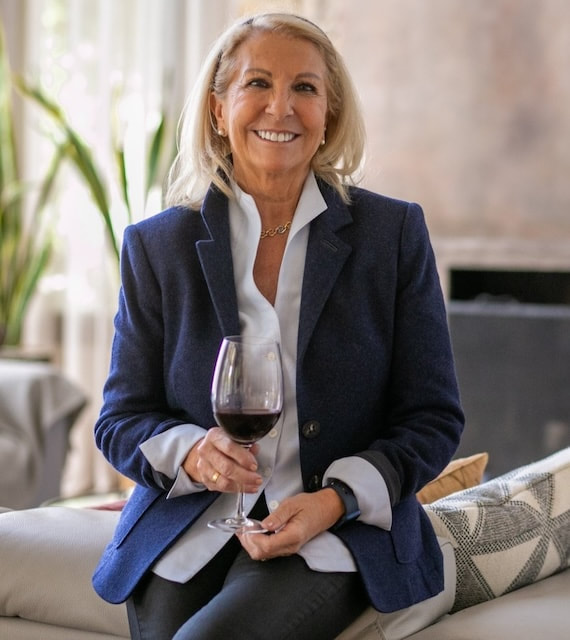
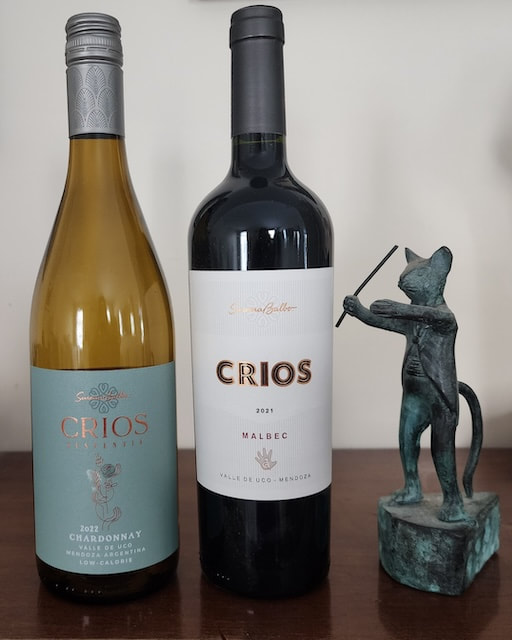
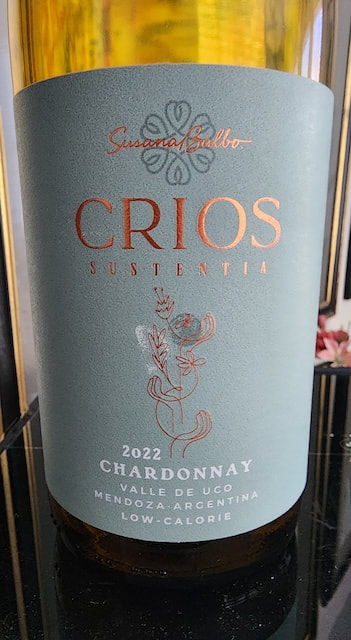
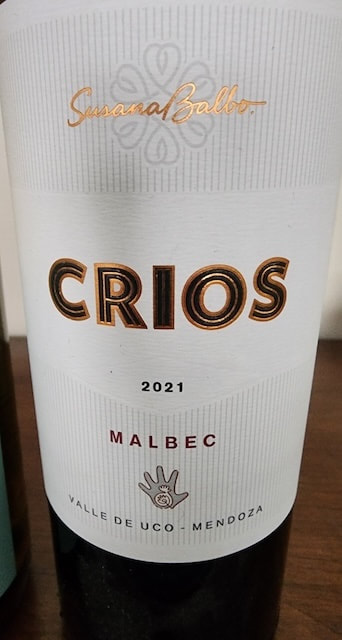
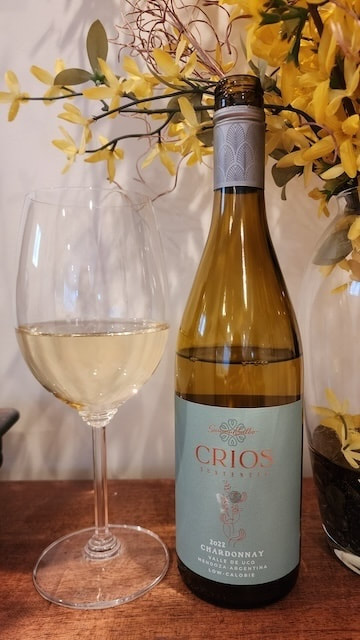
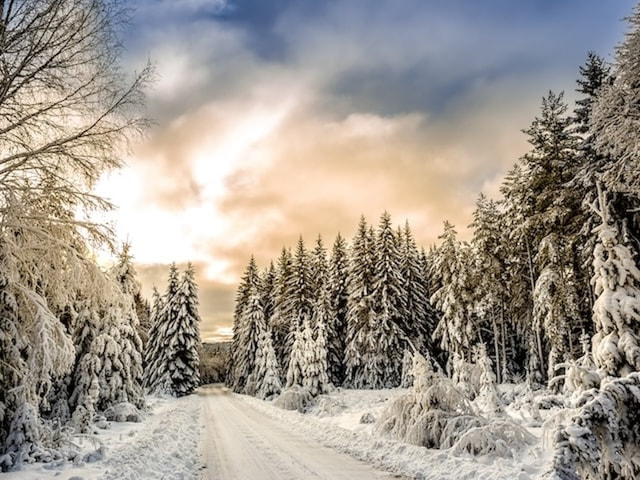
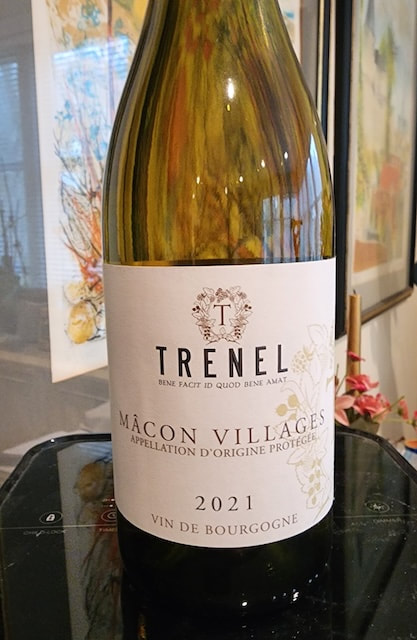
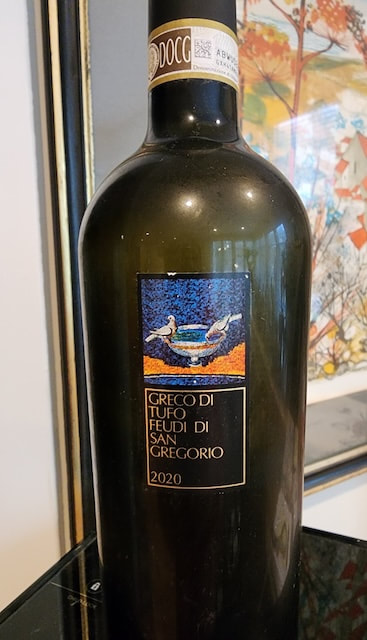
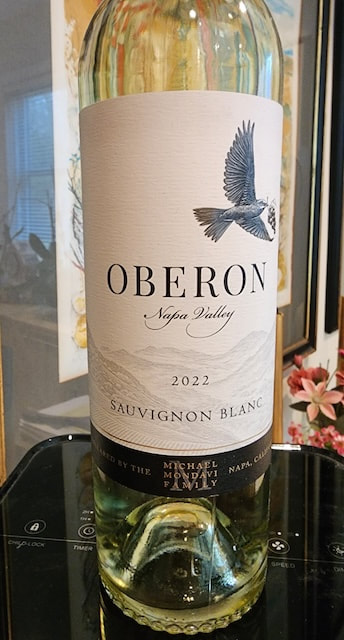
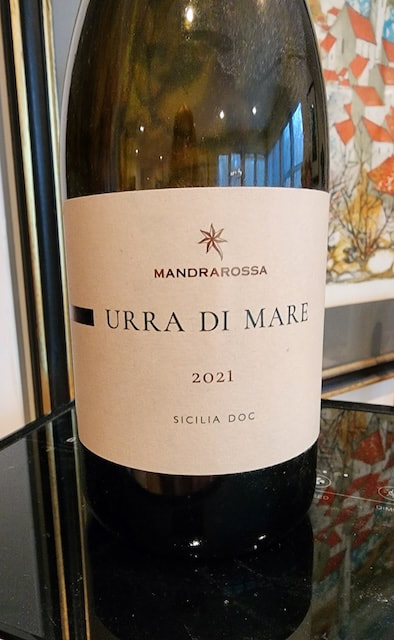
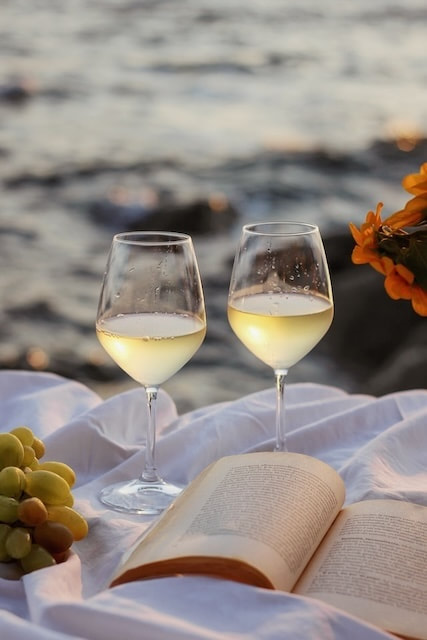
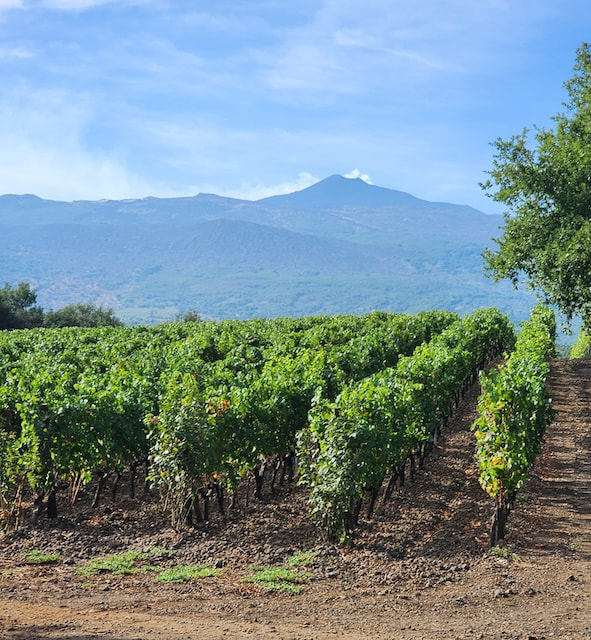
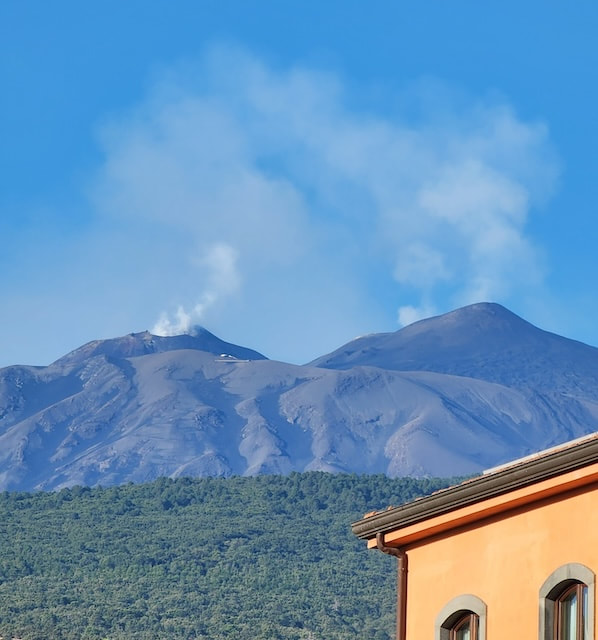
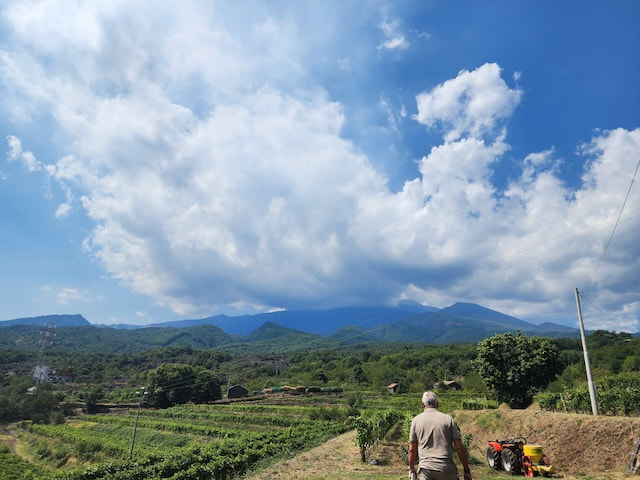
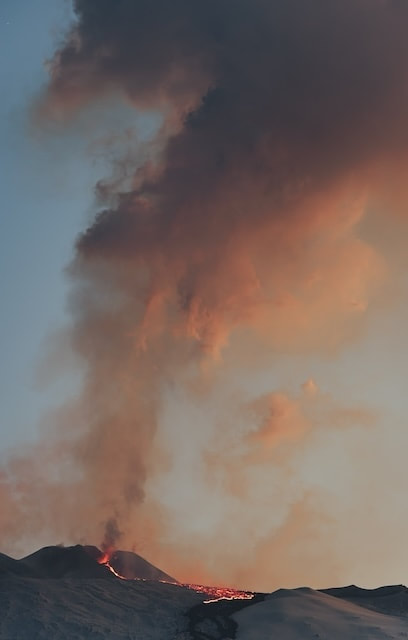


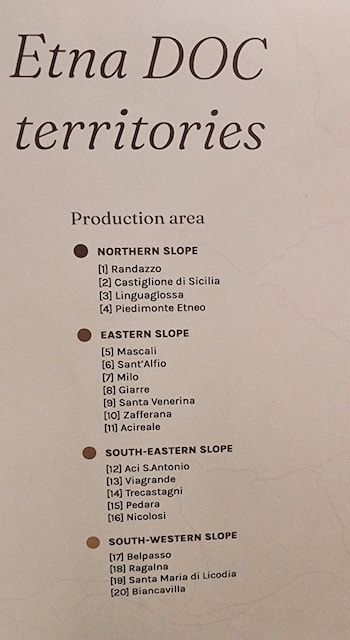
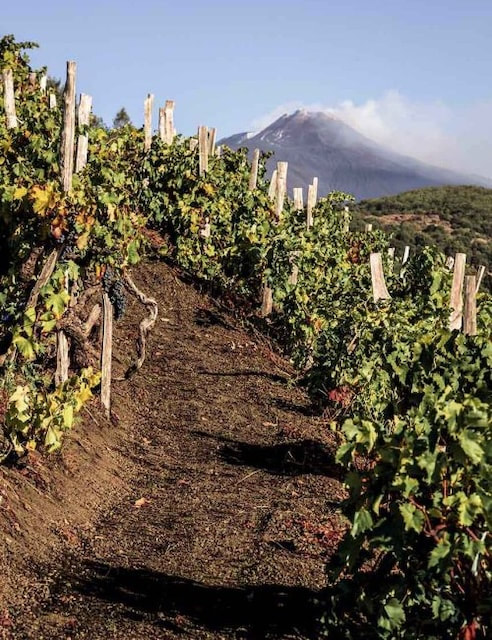

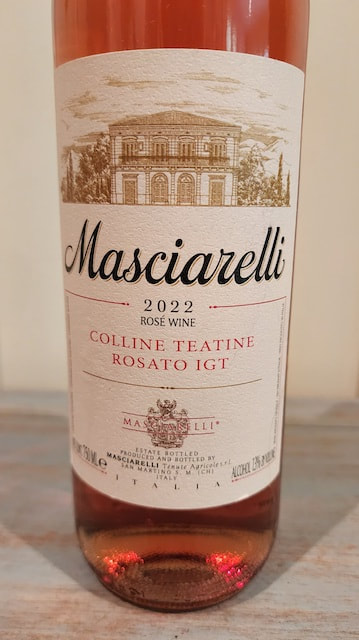
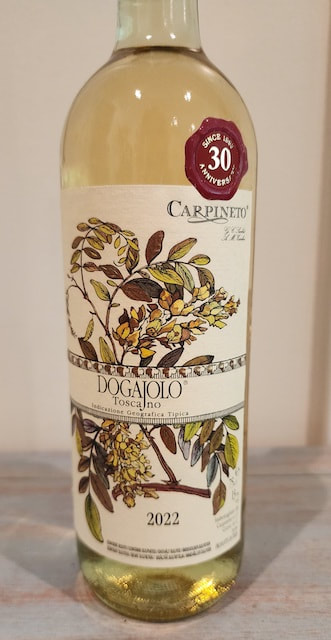
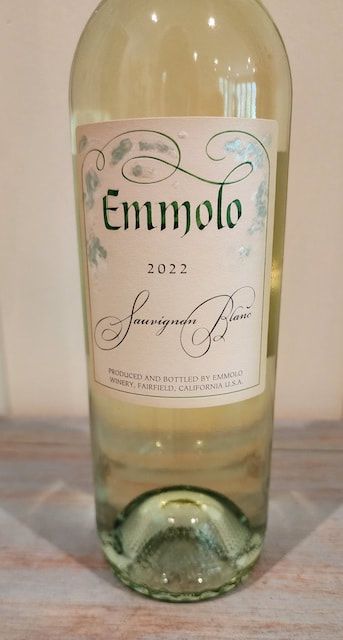
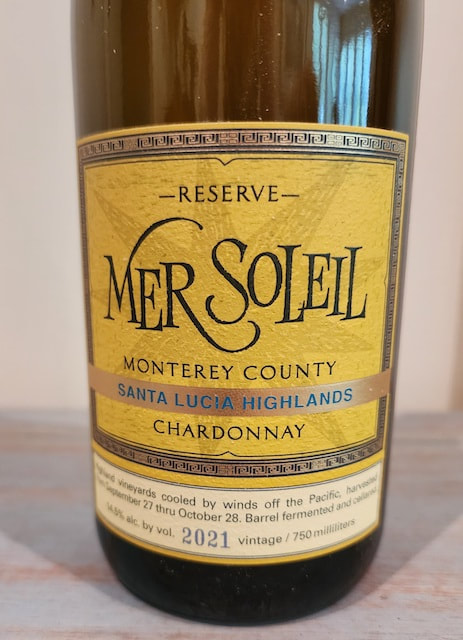
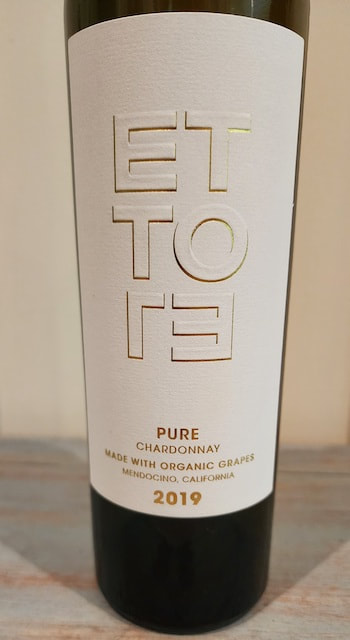

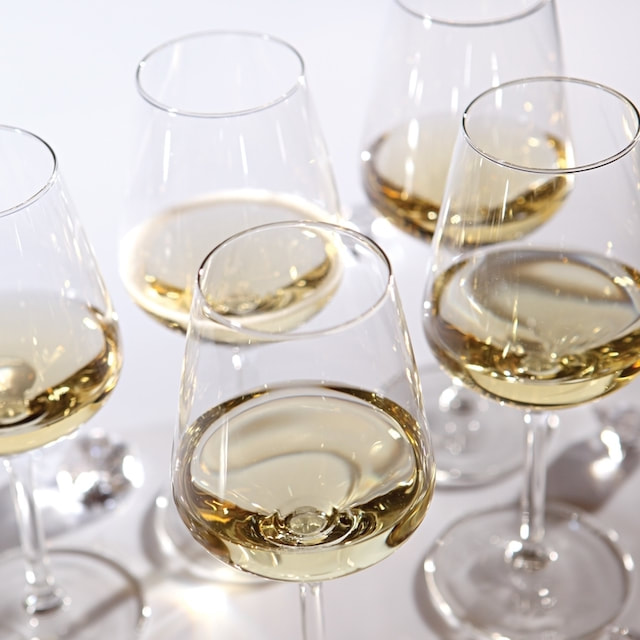
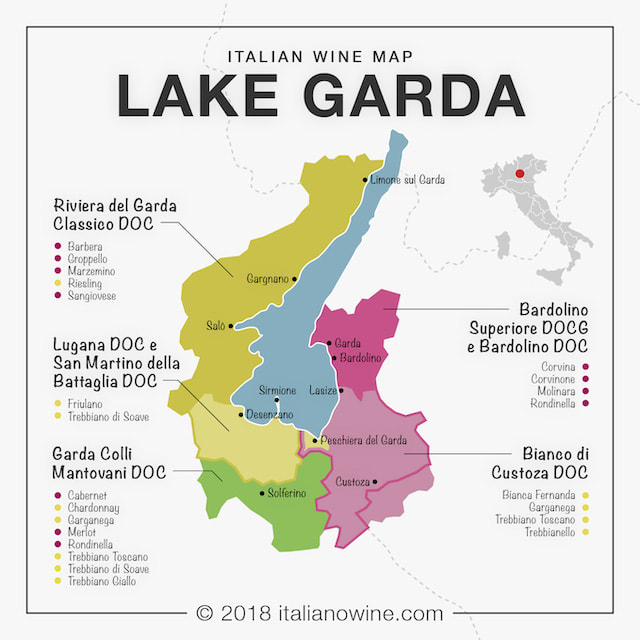
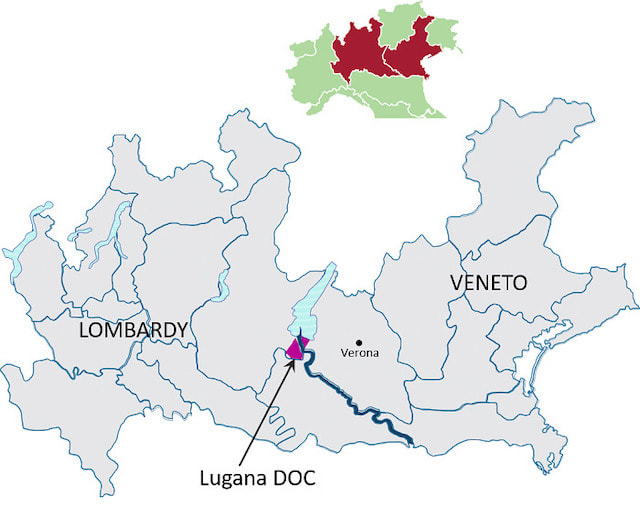
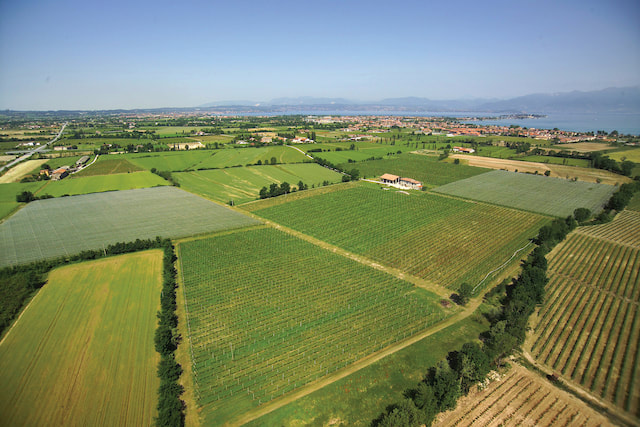
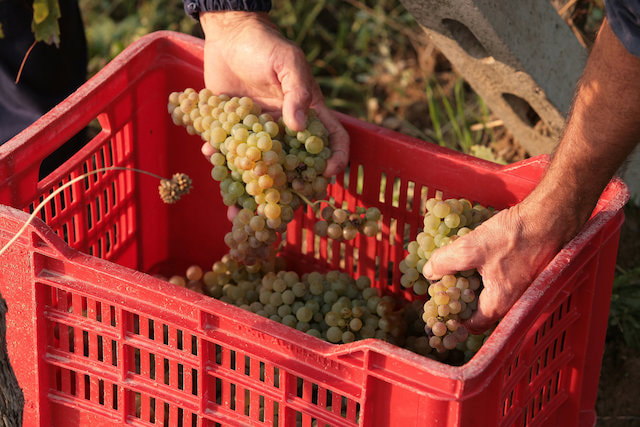
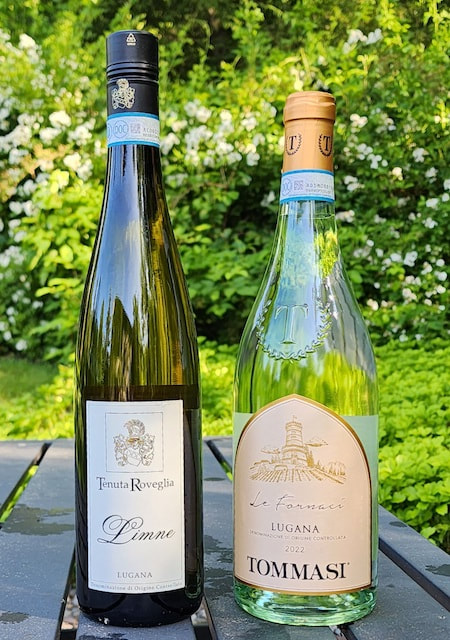
 RSS Feed
RSS Feed